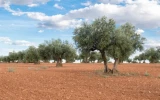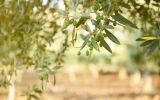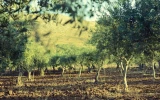Top 11 Largest Producers of Olives in 2024
In 2024, the global olive industry reached a significant milestone, with the top producers collectively harvesting more than 3 million tons of olives. These nations dominate in quantity and play significant roles in setting global standards for olive oil quality and production techniques. In this article, we will explore the top largest producers of olives, focusing on the countries that lead the global olive production.
The largest producers of olives are Spain, Italy, and Greece. Spain leads with a significant production, followed by Italy and Greece. These countries have a long history of olive cultivation, benefiting from their favorable climates and expertise in olive farming and oil production.
Turkey, Morocco, Syria, Tunisia, Egypt, and Algeria are also significant olive producers, each contributing notable quantities to global olive production. This begs the question, what secrets do the soils of these varied regions hold that allow them to cultivate such distinct and sought-after varieties of olives? Let's find out.
Summary
- Spain dominates the global olive production scene, significantly outpacing other countries with its advanced cultivation techniques and a variety of olive cultivars.
- Italy and Greece, leveraging their Mediterranean climates and centuries-old cultivation traditions, are major contributors to the world's olive supply.
- Turkey and Tunisia are noted for their cultural heritage in olive cultivation, contributing significantly to both local consumption and international markets.
- Non-traditional regions like parts of North America and South America are emerging as significant players in the olive industry, expanding the geographical diversity of olive cultivation.
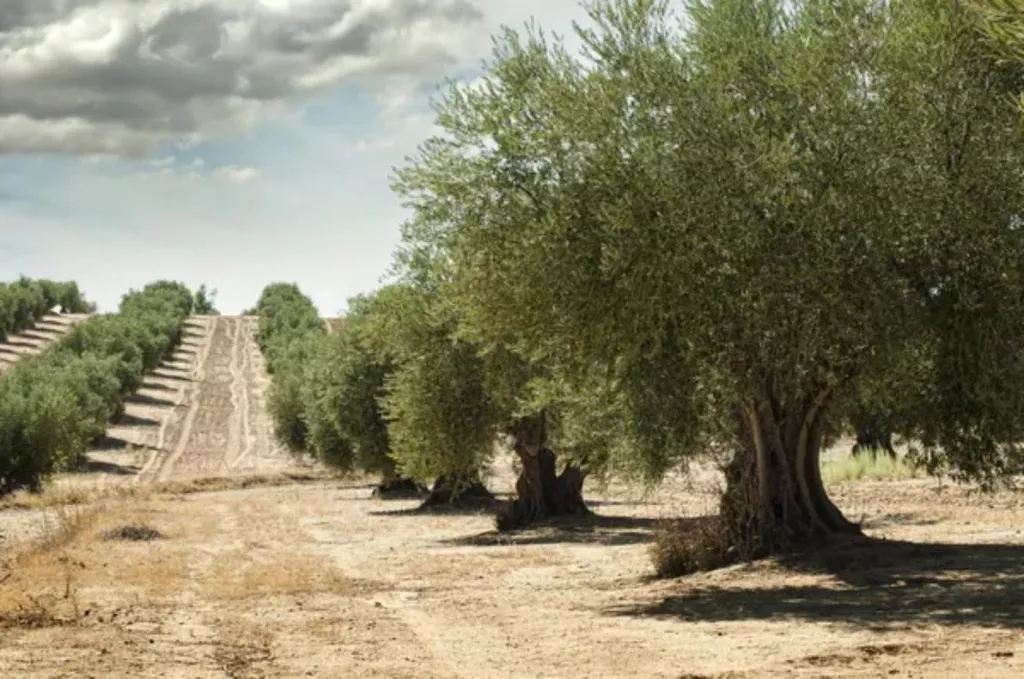
On this page:
- Top 11 Largest Producers of Olives
- Spain Is the Largest Producer of Olives
- Long History of Olive Cultivation in Greece and Italy
- Turkey and Tunisia Are Rising Stars in Olive Production
- Morocco Stands Out as a Leading Producer in Africa
- Egypt and Algeria Are Expanding Their Olive Cultivation
- United States and Australia Are New Frontier in Olive Production
- Global Supply and Demand Dynamics of Olives
- Trade and Export Patterns of Olives Worldwide
- Potential for Expansion in Non-Traditional Regions
Top 11 Largest Producers of Olives
In 2024, you can see a diverse landscape of countries mastering the art of olive cultivation.
| Country | 2024 Production Estimates (tons) |
|---|---|
| Spain | 6,000,000 |
| Italy | 2,500,000 |
| Greece | 2,200,000 |
| Turkey | 1,800,000 |
| Tunisia | 1,200,000 |
| Morocco | 900,000 |
| Syria | 700,000 |
| Egypt | 600,000 |
| Algeria | 500,000 |
| United States | 100,000 |
| Australia | 50,000 |
Spain Is the Largest Producer of Olives
Spain stands out as the front-runner in olive production. Known for its vast olive groves, Spain not only leads in quantity but also sets the benchmark for quality in the global olive market.
| Country | Export Volume (tonnes) |
|---|---|
| Spain | 8,256,550 |
You'll find Spanish olives present in a variety of forms, from whole and pitted options to the olive oil that graces tables worldwide.
Spain's preeminence as the largest producer of olives can be attributed to a combination of geographical, climatic, historical, and technological factors:
Spain offers an ideal environment for olive cultivation
The country's diverse geography includes extensive plains and gentle hills, perfect for olive groves. Its climate, characterized by hot, dry summers and mild winters, provides optimal conditions for olive trees to thrive.
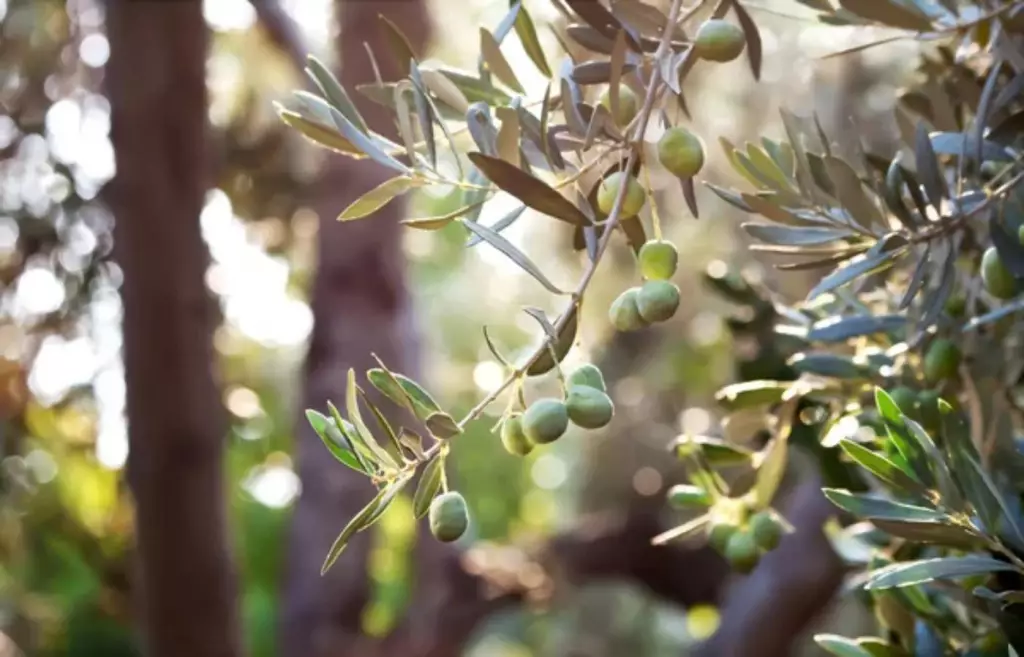
The majority of Spanish olive production is concentrated in the regions of Andalusia, Extremadura, and Castilla-La Mancha, where these conditions are most pronounced.
Olive cultivation is embedded in their history and tradition
Olive cultivation in Spain dates back to the Phoenician and Greek settlements, but it was the Romans and Arabs who significantly advanced olive farming and oil production techniques.
This deep-rooted history has ingrained olive cultivation into Spanish culture, leading to generations of expertise and tradition in olive farming and oil production.
The country has a variety of olive cultivars
Spain boasts a rich diversity of olive cultivars, with over 260 varieties grown across the country. This diversity allows for a wide range of olive oils with different flavors, aromas, and qualities, catering to various tastes and uses in cooking.
Among these, the Picual, Hojiblanca, and Arbequina varieties are the most prominent, each contributing uniquely to the complexity of Spanish olive oil production. Arbequina is a self-pollinating olive tree variety.
Spain has adapted modern technology to produce olives
Spanish olive producers have embraced modern farming techniques and technologies to enhance yield, quality, and sustainability.
This includes advanced irrigation systems, precision agriculture, and environmentally friendly practices that minimize water usage and preserve soil health.
Moreover, Spain has invested in cutting-edge facilities for processing and bottling olive oil, ensuring high standards of quality and purity.
Long History of Olive Cultivation in Greece and Italy
Italy and Greece both celebrate their rich Mediterranean heritage through their significant olive output. The discussion below highlights why they are among the world's largest producers of olives:
Both countries offer ideal climate conditions
Both Italy and Greece are part of the Mediterranean region, which is known for its warm and sunny climate. This type of weather is optimal for olive trees, allowing them to flourish. Olive trees are typically native to the Mediterranean basin.
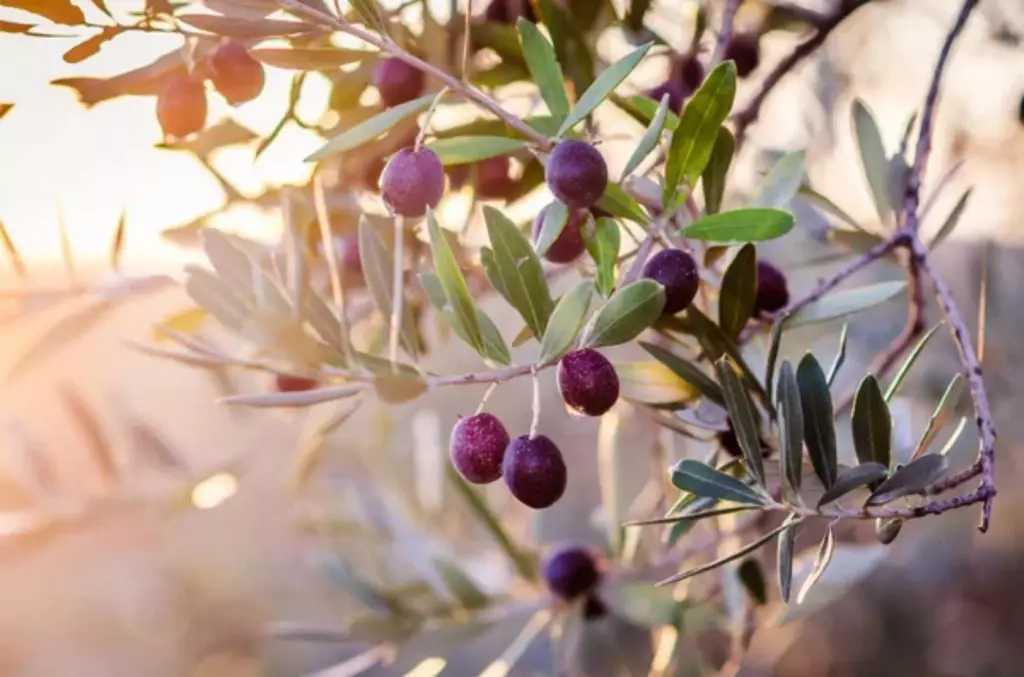
They both have rich soil quality
The Mediterranean area, particularly in Italy and Greece, boasts fertile soil that is conducive to growing high-quality olive trees. This results in the production of superior olives, both in terms of quantity and quality.
Olive cultivation has been a long-standing tradition in these countries
Olive cultivation has been a tradition in Italy and Greece for thousands of years. This deep-rooted heritage has fostered a wealth of knowledge and expertise in olive farming, which is passed down through generations.
Olive production has been part of their culture
Olives and olive oil are staple ingredients in both Italian and Greek cuisines, integral to many of their dishes. This high demand within their own countries supports and encourages the continuation and growth of olive cultivation.
Turkey and Tunisia Are Rising Stars in Olive Production
Turkey is a significant player in the olive industry, embedded in the rich tapestry of Mediterranean agriculture. Its diverse climate and geography across the Aegean, Marmara, and Mediterranean regions provide ideal conditions for olive cultivation.
Turkey's olive production is not only a reflection of its agricultural prowess but also a testament to its cultural heritage, with olives being a staple in Turkish cuisine and economy. The country is known for both table olives and olive oil, catering to domestic consumption and international markets.
Meanwhile, Tunisia also holds a prominent position in the world of olive production, particularly noted for its high-quality olive oil.
Located in the heart of the Mediterranean basin, Tunisia benefits from a climate and soil composition that is perfect for olive trees.
This North African country has a long history of olive cultivation, dating back to ancient times, and olives play a crucial role in Tunisian cuisine, culture, and exports. Tunisia's commitment to olive farming is reflected in its status as one of the top olive oil producers and exporters in the world.
Morocco Stands Out as a Leading Producer in Africa
The country's varied terrain and climate provide a conducive environment for olive cultivation, especially in regions like Meknes, Marrakech, and Fez.
Morocco's olive production spans table olives and olive oil, with a growing focus on organic and high-quality products. The sector is vital for Morocco's economy, supporting the livelihoods of many farmers and playing a significant role in both domestic consumption and exports.
Morocco's investment in modernizing its olive production techniques has further bolstered its position on the global stage.
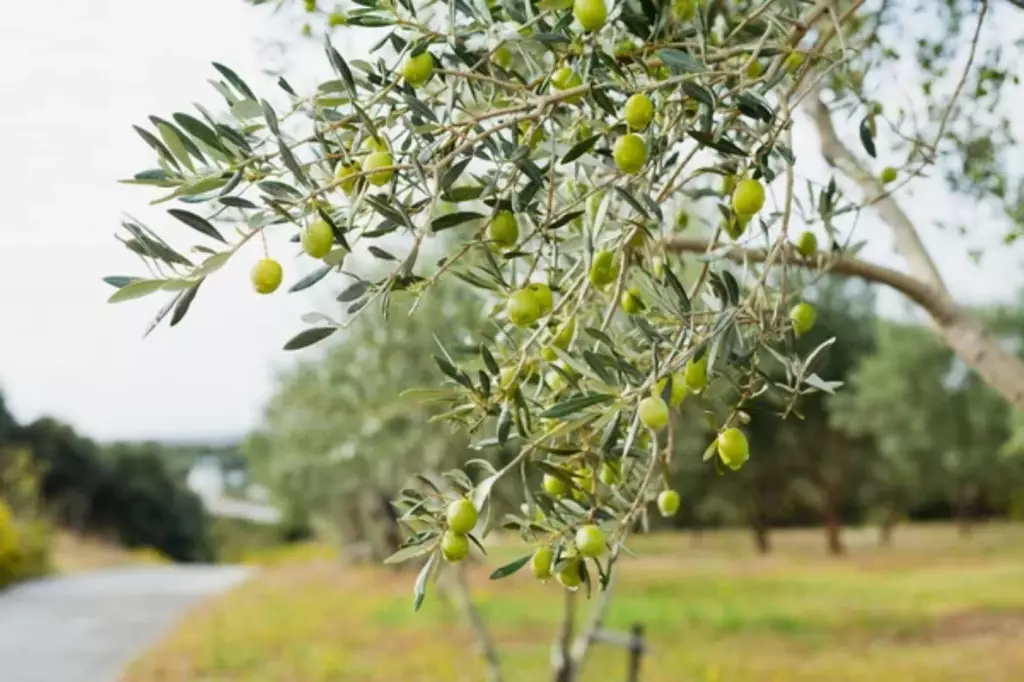
Egypt and Algeria Are Expanding Their Olive Cultivation
While not traditionally known as a major olive producer, Egypt has rapidly expanded its olive cultivation areas, especially in regions like Matrouh, Minya, and Siwa.
The country focuses on both table olives and olive oil production, aiming to meet domestic demand and increase exports.
With investments in modern agricultural techniques and an emphasis on expanding irrigated areas suitable for olive cultivation, Egypt is poised to become a key player in the global olive market.
The government and private sector initiatives to enhance quality and productivity indicate Egypt's commitment to growing its olive industry.
Meanwhile, Algeria, located in North Africa, is leveraging its Mediterranean climate to enhance its position in the olive oil market.
With vast stretches of land suitable for olive cultivation, the country has a long history of olive farming, deeply rooted in local traditions and culture.
Algerian olive production primarily focuses on the northern regions, where the climate and soil conditions are ideal for olive trees.
The country produces both table olives and olive oil, with a recent push towards improving quality and increasing production through modernization and investment in agricultural practices.
Algeria's government has been actively promoting olive cultivation as part of its agricultural development strategy, aiming to boost exports and reduce dependence on imported olive oil.
With its rich heritage and growing investment in the sector, Algeria is poised to strengthen its presence in the international olive oil market.
United States and Australia Are New Frontier in Olive Production
The United States has emerged as a notable player in the olive production sector, particularly in California, which accounts for the majority of the country's olive oil production.
The region's Mediterranean-like climate, with its wet winters and hot, dry summers, provides optimal conditions for olive trees.
Besides California, states like Texas, Georgia, and Oregon are also contributing to the olive cultivation landscape. The U.S. focuses on both table olives and olive oil, leveraging advanced agricultural technologies and research to improve yield and quality.
The growing domestic demand for high-quality olive oil has further fueled the expansion of olive cultivation in the U.S., making it an important contributor to the global olive market.
Meanwhile, Australia has rapidly become an important olive-producing country, capitalizing on its diverse climate zones to produce high-quality olives and olive oil.
The industry there is relatively young, having gained momentum in the 1990s, but it has quickly established itself with a focus on premium, extra-virgin olive oil.
Regions such as Victoria, South Australia, and New South Wales are at the forefront of Australian olive production. Australian olive growers utilize modern and efficient farming techniques, including advanced irrigation methods and mechanized harvesting, to ensure sustainability and high quality.
The country's strict quality standards and innovative approaches to olive production have earned Australian olive oils international acclaim. If you're growing olive trees in Australia, the fruiting season starts in spring to summer.
Global Supply and Demand Dynamics of Olives
The olive market is a complex interplay of supply and demand. For the year 2024, substantial demand for olive oil persists, as it's a healthy source of monounsaturated fat.
European Union and the United States continue to be major consumers. Japan and Mexico are also catching up, showing a notable increase in import numbers.
Here's how the global scene looks:
- United States: A vast net importer, relying on international supply, particularly from the Mediterranean.
- European Union: Not only a top consumer, but also a primary producer.
- Middle East & North Africa: These regions contribute evenly to global production and local consumption.
- South America: Emerging as a significant player with growth in both production and exports.
The next table showcases the 2024 growth in metric tons across major producers:
| Country | 2023 Production (metric tonnes) | 2024 Forecast (metric tonnes) | Growth (%) |
|---|---|---|---|
| Spain | 1,200,000 | 1,260,000 | 5 |
| Italy | 320,000 | 336,000 | 5 |
| Greece | 300,000 | 315,000 | 5 |
| Syria | 95,000 | 99,750 | 5 |
Demand trends in North America show an adaptive consumption pattern, with olive products evolving from just cooking ingredients to healthy snacks. Marketing efforts have also underscored olives' rich antioxidants, further boosting their appeal.
Trade and Export Patterns of Olives Worldwide
When you look at the global olive market, certain countries stand out for their export volumes.
Spain is the largest exporter of olives in the world
When you think of olives, Spain might be the first country that comes to mind, and rightly so. It's not just the picturesque olive groves that make it famous, but Spain's significant export volumes as well.
In the global arena, Spain stands as the top exporter of olives, shipping these little fruits across continents.
| Country | Export Volume (tons) |
|---|---|
| Spain | 8,256,550 |
| Italy | 2,270,630 |
| Greece | 3,240,063 |
Your palate may have enjoyed olives in various forms, perhaps as an oil or a simple table variety. Much of the world's supply, particularly the finest, comes from the Spanish regions known for their olive exports.
Their Mediterranean climate provides the perfect conditions for olive cultivation, resulting in high-quality and high-quantity produce.
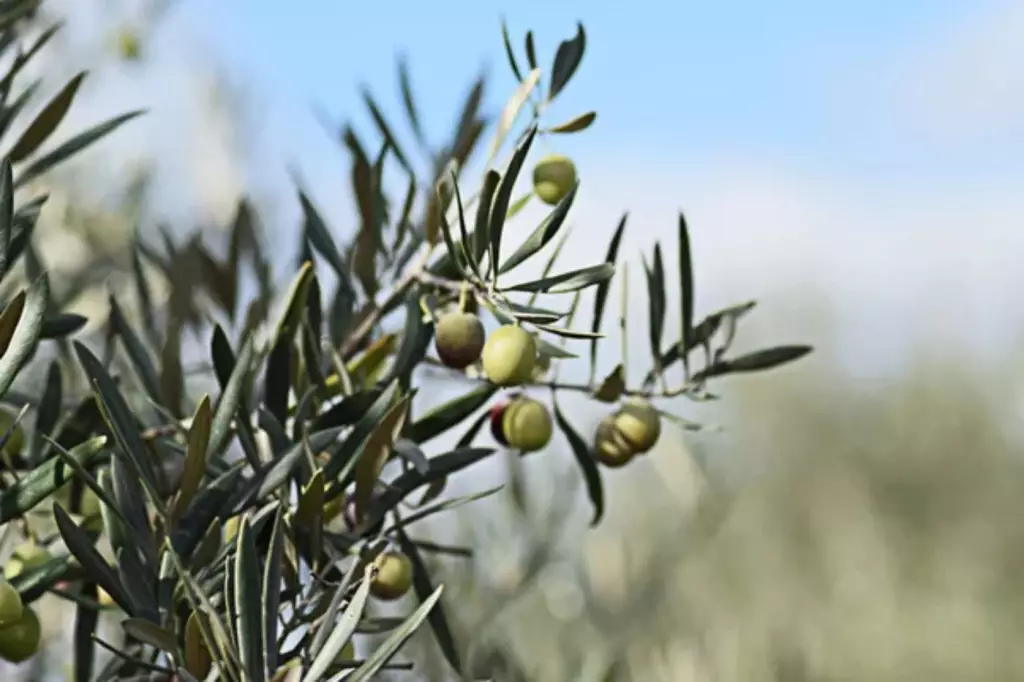
Maintaining their top position, Spanish exporters leverage both the quantity and the recognized quality of their products.
Their nearest competitors are Greece and Italy, also known for their exquisite olive varieties. However, they export a fraction of what Spain does annually.
Europe as a whole remains a strong contender in both consumption and production, influencing agriculture and export practices worldwide.
Potential for Expansion in Non-Traditional Regions
With a growing demand for olive oil highlighting its health benefits, you'll find that the scope for olive growth goes beyond the traditional Mediterranean basin.
| Region | Growth (%) | Production Rate (tons/year) |
|---|---|---|
| Africa | 5.4 | 2,000 |
| North America | 3.7 | 1,200 |
| South America | 4.9 | 1,500 |
Exploring the market analysis, it's clear that non-traditional regions, including parts of North America like California, as well as nations in Africa, are becoming significant players.
Your agriculture sector in Canada has started to recognize the value olives bring to the market. Although small in production, the forecast suggests a promising future.
The trends point toward South America making strides too, with market segmentation identifying new pockets for farming expansion.
The production analysis for these areas shows a steady increase in olive yield. As climate conditions shift, so do the opportunities for cultivating olives.
The market forecast predicts these emerging regions could reshape global supply channels in the years to come. With good practices and adaptability, you might see a notable rise in their market share.

